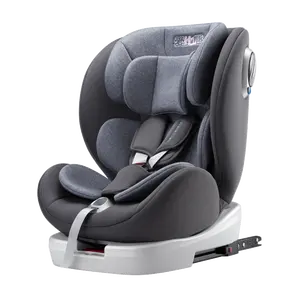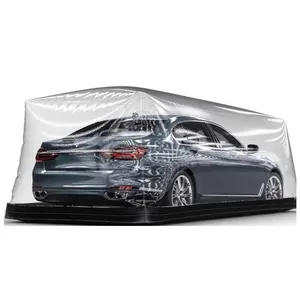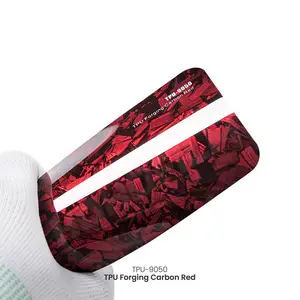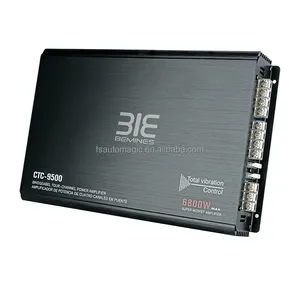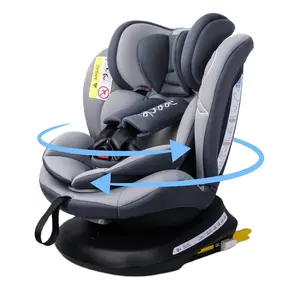Phổ biến trong ngành của bạn






Full Bridge 4 Dây Cảm Biến Trọng Lượng Siêu Nhỏ Thu Nhỏ Phẳng SC134 Tế Bào Tải Nhỏ 10Kg 20Kg 30Kg 50Kg 75Kg 100Kg 150Kg
1,00 US$ - 3,00 US$
Đơn hàng tối thiểu: 4 Cái







Adg1436ycpz IC chip mới và độc đáo mạch tích hợp linh kiện điện tử khác ICS vi điều khiển Bộ vi xử lý
0,90 US$ - 1,00 US$
Đơn hàng tối thiểu: 1 Cái







Cảm Biến Trọng Lượng Tải Chùm Tia IP65 Đến IP69 Của Nhà Sản Xuất Bên Phải Giá Của Cảm Biến Tải Trọng Chùm Tia Cắt Một Điểm
4,95 US$ - 49,50 US$
Đơn hàng tối thiểu: 1 Cái







SC902 Cảm Biến Trọng Lượng Nhỏ Thu Nhỏ Phẳng 3 Dây Load Cell Sensor 50Kg 200Kg Đối Với Quy Mô Cơ Thể Cá Nhân
0,25 US$ - 0,70 US$
Đơn hàng tối thiểu: 100 Cái







G530SR05H2.40GHZ CPU ic chip Float Level Sensors Industrial Tantalum Polymer Capacitors
1,70 US$ - 3,40 US$
Đơn hàng tối thiểu: 1 Cái








Cảm biến mức chất lỏng lỏng phát hiện mực nước giám sát cảm biến Mô-đun Cung cấp chip duy nhất
1,98 US$ - 3,95 US$
Đơn hàng tối thiểu: 10 Cái





LLG610D324-004-C3 Electronic Components Integrated circuit electronics ic chips Liquid level sensor
Sẵn sàng vận chuyển
0,10 US$
Đơn hàng tối thiểu: 30 Cái






New Original IC chip Float cấp Cảm biến công nghiệp multivibrators với chất lượng cao
1,40 US$ - 3,30 US$
Đơn hàng tối thiểu: 1 Cái












BWSENSING MEMS Accelerometer IC Chip Cho Imu AS100-50 Phạm Vi Gia Tốc 100G I2C Hoặc SPI Bus Đầu Ra
187,50 US$
Đơn hàng tối thiểu: 2 Bộ
Các danh mục hàng đầu
Giới thiệu về chip cảm biến mức
Alibaba.com cho phép bạn dễ dàng truy cập vào nhiều danh mục. chip cảm biến mức hỗ trợ theo dõi và chẩn đoán chính xác các phương tiện và máy móc riêng biệt. Những bộ. chip cảm biến mức được trang bị các công nghệ hiện đại hóa và có thể giúp chăm sóc tối đa máy móc. Bộ sưu tập độc đáo của. chip cảm biến mức được xây dựng chắc chắn và không yêu cầu bảo trì thường xuyên, giúp bạn tiết kiệm tiền theo thời gian.
Tất cả. chip cảm biến mức có sẵn trên trang web được thiết kế phức tạp. Các dụng cụ này rất tiện dụng, được làm từ các vật liệu chắc chắn như sắt và thép không gỉ, có thể bao phủ nhiều hệ thống được sử dụng rộng rãi. Những cái này. chip cảm biến mức ở cấp độ chuyên nghiệp nhưng cũng đủ đơn giản để những người nghiệp dư sử dụng. Họ cũng có thể giúp sửa chữa tất cả các loại hệ thống quan trọng như hộp số, động cơ, phanh, an toàn, khí thải, v.v. Những cái này. chip cảm biến mức chạy bằng điện và có thời gian bảo hành.
Alibaba.com có nhiều lựa chọn. chip cảm biến mức có sẵn trong các mô hình, kích thước riêng biệt và các tính năng dành riêng cho mô hình. Những cái này. chip cảm biến mức được trang bị màn hình LED sáng giúp bạn hiển thị rõ ràng. Những cái này. chip cảm biến mức cũng được trang bị phần mềm DS Tool sáng tạo có thể cập nhật và hiển thị cho bạn tất cả hồ sơ khách hàng thông qua PC, Netbook và các thiết bị khác. Nó tuân thủ tất cả các loại Hệ điều hành và cũng có thể giúp bạn theo dõi hồ sơ.
Alibaba.com có thể cung cấp cho bạn rất nhiều. chip cảm biến mức sẽ giúp bạn tiết kiệm tiền khi mua hàng. Các sản phẩm này được chứng nhận ISO, CE, SGS cũng mang lại sự an tâm về tính xác thực. Bạn cũng có thể đặt hàng OEM cùng với bao bì tùy chỉnh.
Tất cả. chip cảm biến mức có sẵn trên trang web được thiết kế phức tạp. Các dụng cụ này rất tiện dụng, được làm từ các vật liệu chắc chắn như sắt và thép không gỉ, có thể bao phủ nhiều hệ thống được sử dụng rộng rãi. Những cái này. chip cảm biến mức ở cấp độ chuyên nghiệp nhưng cũng đủ đơn giản để những người nghiệp dư sử dụng. Họ cũng có thể giúp sửa chữa tất cả các loại hệ thống quan trọng như hộp số, động cơ, phanh, an toàn, khí thải, v.v. Những cái này. chip cảm biến mức chạy bằng điện và có thời gian bảo hành.
Alibaba.com có nhiều lựa chọn. chip cảm biến mức có sẵn trong các mô hình, kích thước riêng biệt và các tính năng dành riêng cho mô hình. Những cái này. chip cảm biến mức được trang bị màn hình LED sáng giúp bạn hiển thị rõ ràng. Những cái này. chip cảm biến mức cũng được trang bị phần mềm DS Tool sáng tạo có thể cập nhật và hiển thị cho bạn tất cả hồ sơ khách hàng thông qua PC, Netbook và các thiết bị khác. Nó tuân thủ tất cả các loại Hệ điều hành và cũng có thể giúp bạn theo dõi hồ sơ.
Alibaba.com có thể cung cấp cho bạn rất nhiều. chip cảm biến mức sẽ giúp bạn tiết kiệm tiền khi mua hàng. Các sản phẩm này được chứng nhận ISO, CE, SGS cũng mang lại sự an tâm về tính xác thực. Bạn cũng có thể đặt hàng OEM cùng với bao bì tùy chỉnh.

